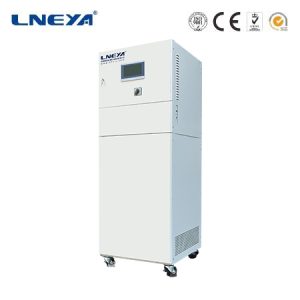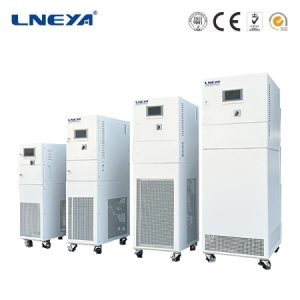Understanding Chiller Temperature Control
Chiller temperature control is a critical aspect of many industrial and commercial processes where precise temperature management is required. Chillers are essentially heat transfer units that remove heat from a liquid, which is then circulated through a system to cool equipment or control air temperatures. The importance of chiller temperature control cannot be overstated, as it impacts the efficiency, quality, and safety of various operations.

Types of Chillers and Their Applications
Chillers come in various types, each designed for specific applications:
Air-Cooled Chillers: These units use air to dissipate heat and are easy to install. They are suitable for applications where water supply is limited or where water discharge is a concern.
Water-Cooled Chillers: More energy-efficient than air-cooled units, these chillers use water circulated through a cooling tower to dissipate heat. They are ideal for large-scale industrial processes and commercial buildings.
HVAC Chillers: Used in heating, ventilation, and air conditioning systems, these chillers help maintain comfortable indoor temperatures in commercial and industrial settings.
Medical Chillers: Designed for healthcare applications, these chillers maintain precise temperature levels for sensitive medical equipment like MRI machines and CT scanners, ensuring consistent performance and patient safety.
Metal Finishing Chillers: Used in metal plating and chemical processes, these chillers provide precise temperature control to avoid defects due to incorrect temperature regulation.
Plastic Processing Chillers: Crucial in the plastics industry, these chillers improve productivity, enhance product quality, and reduce energy costs by maintaining precise temperature control.

Efficiency and Maintenance
Chiller efficiency is measured by its coefficient of performance (COP), energy efficiency ratio (EER), and integrated part-load value (IPLV). A higher COP, EER, and IPLV indicate a more efficient chiller. Regular maintenance is essential for maintaining high uptime and extending the useful life of the chiller asset. A chiller maintenance checklist can help monitor daily, weekly, monthly, and annual tasks, such as checking the temperature of chilled water, condenser water, and oil levels, inspecting for leaks, and cleaning coils.
Market Trends and Growth
The global chiller market is experiencing steady growth, driven by the escalating demand for energy-efficient cooling solutions, rapid expansion of the construction industry, and continuous technological advancements. The market is also influenced by the growth of specific industries such as food and beverage, chemicals and petrochemicals, and healthcare, which rely heavily on chiller systems for their operations.

결론
Chiller temperature control is a vital component in ensuring the efficiency and quality of various industrial and commercial processes. With different types of chillers available for specific applications, understanding the requirements of your process and choosing the right chiller is crucial. Regular maintenance and monitoring of chiller performance ensure optimal operation and longevity of the equipment. As technology advances, the market for chillers continues to grow, offering more energy-efficient and environmentally friendly options for temperature control.
 LNEYA
LNEYA
 简体中文
简体中文
















































































